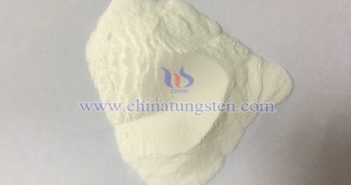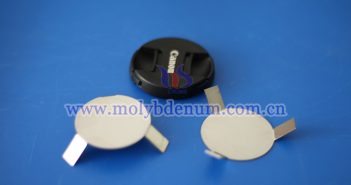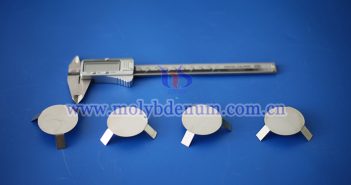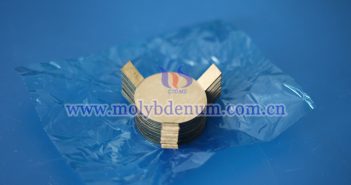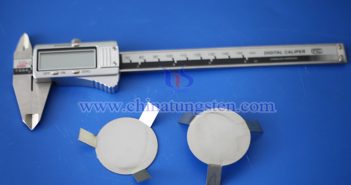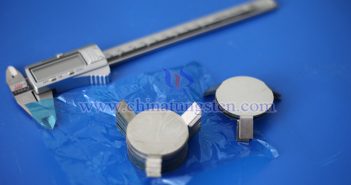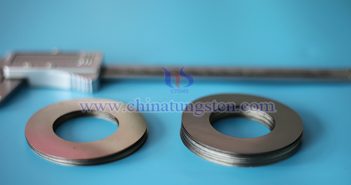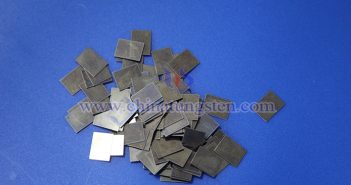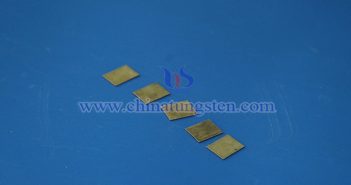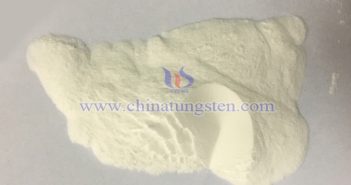
Ammonium metatungstate (AMT) is a compound formed by the combination of ammonium cations and metatungstate anions, typically appearing as a white crystalline powder with good water solubility and chemical stability. These properties lay a solid foundation for its applications in catalysts, electronics, ceramics, and other fields. Given its wide-ranging uses, research into AMT production methods is of great importance, as it directly impacts product quality, performance, production costs, and efficiency. I. Neutralization Method: A Simple and Efficient Conventional Choice Among…

